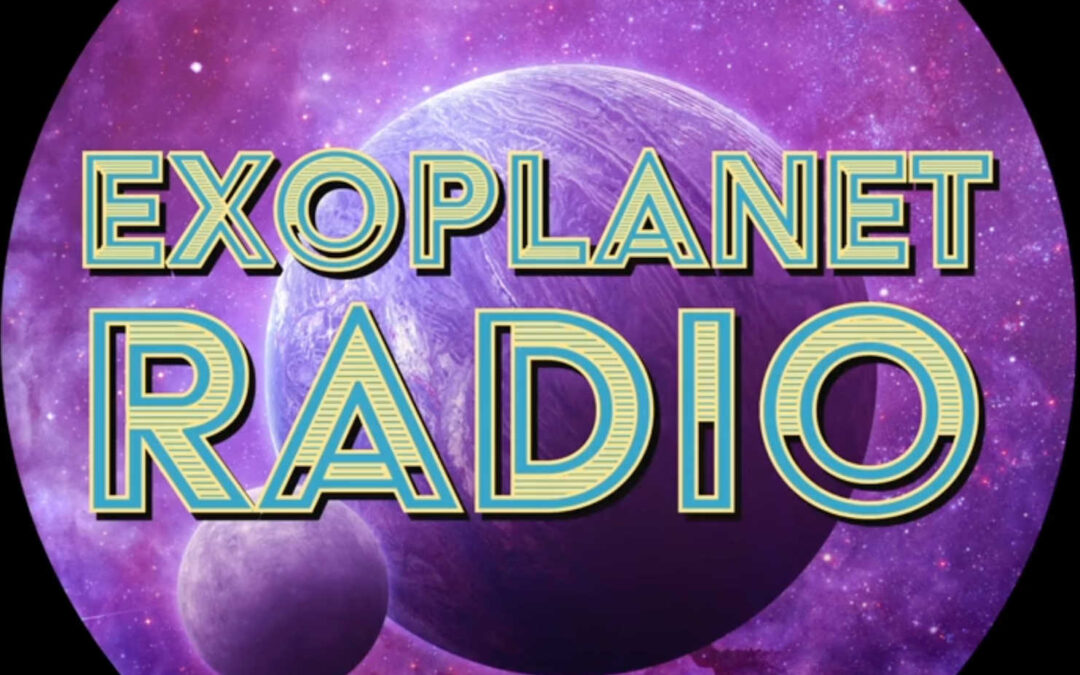Black holes have been largely theoretical until the LIGO observations announced earlier this year. Thanks to those observations, we now have another way to study and observe these amazing celestial objects.


Black holes have been largely theoretical until the LIGO observations announced earlier this year. Thanks to those observations, we now have another way to study and observe these amazing celestial objects.

Are we alone? How unique is our Earth? Should the hunt for life beyond Earth uncover a multitude of habitable worlds and few (if any) inhabited ones.

If we send humans to Mars, will they be able to survive? How hostile is the solar system for human exploration?

It’s not surprising that there’s a lot of interest in the topic of getting a good job in astronomy. What sorts of jobs can one get with a degree versus without one? Let’s discuss this on our first Astronomy Coffee Hangout in quite a while.

Finding habitable worlds need a dedicated instrument that does nothing else but tries to locate and characterize them. That’s where the Habitable Worlds Observatory comes in



The James Webb Space Telescope has made its first observations of the TRAPPIST-1 system and measured the temperature of TRAPPIST-1b!

Did you know that the discovery of other planets in orbit around other stars is a very recent one? Only 25 years ago, we had no idea there were any planets in our galaxy besides those in our solar system. Now, not only have we discovered them, but astronomers estimate there are trillions of them. There are so many exoplanets out there that every star in our galaxy could have at least one.

Kepler-22b is one of the first exoplanets confirmed by the Kepler Space Telescope that resides in the habitable zone.